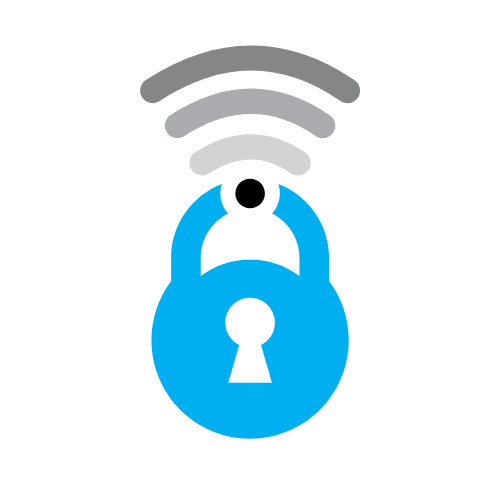The Internet of Things (IoT) and Privacy: Securing Your Smart Home Devices

Summary: With the increasing popularity of smart home devices, such as voice assistants, smart thermostats, and security cameras, this article will discuss the privacy and security risks associated with the Internet of Things (IoT). It will offer guidance on how to choose secure IoT devices, set up and configure them properly, and maintain their security over time.
Introduction
As smart home devices such as voice assistants, smart thermostats, and security cameras become increasingly popular, it's essential to consider the privacy and security risks associated with the Internet of Things (IoT). This article will offer guidance on how to choose secure IoT devices, set up and configure them properly, and maintain their security over time to protect your home and personal information.
- Choosing secure IoT devices
When selecting IoT devices for your home, consider the following factors:
- Reputation: Opt for devices from reputable manufacturers with a history of providing secure and reliable products. Read reviews and research the company's track record regarding security updates and customer support.
- Security features: Look for devices that offer built-in security features, such as encryption, secure communication protocols, and regular firmware updates.
- Privacy policies: Review the manufacturer's privacy policy to understand how they collect, use, and protect your data. Ensure that the company has a clear and transparent policy regarding data privacy.
- Setting up and configuring IoT devices
Proper setup and configuration are crucial for securing your smart home devices:
- Change default passwords: Many IoT devices come with default passwords that can be easily guessed or found online. Always change the default password to a strong and unique one for each device.
- Disable unnecessary features: Some devices may come with features that you don't need or that pose a security risk. Disable any unnecessary features to reduce potential vulnerabilities.
- Secure your Wi-Fi network: Ensure that your home Wi-Fi network is secure by using a strong password, enabling WPA3 encryption, and keeping your router firmware up to date.
- Regularly update firmware: Manufacturers often release firmware updates to fix security vulnerabilities and improve device performance. Regularly check for and install firmware updates for your IoT devices.
- Maintaining IoT device security
Maintaining the security of your IoT devices requires ongoing effort:
- Monitor for security alerts: Stay informed about any security issues related to your devices by following the manufacturer's updates and news from reputable cybersecurity sources.
- Periodically review device settings: Regularly review the settings and permissions of your IoT devices to ensure that they remain secure and that no unauthorized changes have been made.
- Use a network security solution: Implement a network security solution, such as a firewall or a secure home network platform, to protect your IoT devices from external threats.
- Dispose of devices securely: When replacing or disposing of IoT devices, perform a factory reset to erase any personal data stored on the device.
- Educate your family about IoT security
It's essential to involve your entire household in maintaining the security of your IoT devices:
- Share the importance of IoT security with your family members and explain the potential risks associated with unsecured devices.
- Establish household guidelines for IoT device usage, including rules for setting up new devices, sharing access, and monitoring activity.
- Encourage your family to report any suspicious activity or security concerns related to your IoT devices.
Conclusion
Securing your smart home devices is crucial to protect your privacy and personal information in the age of IoT. By carefully selecting IoT devices, setting them up correctly, maintaining their security, and educating your family, you can minimize the risks associated with connected devices and enjoy a safer, smarter home.





